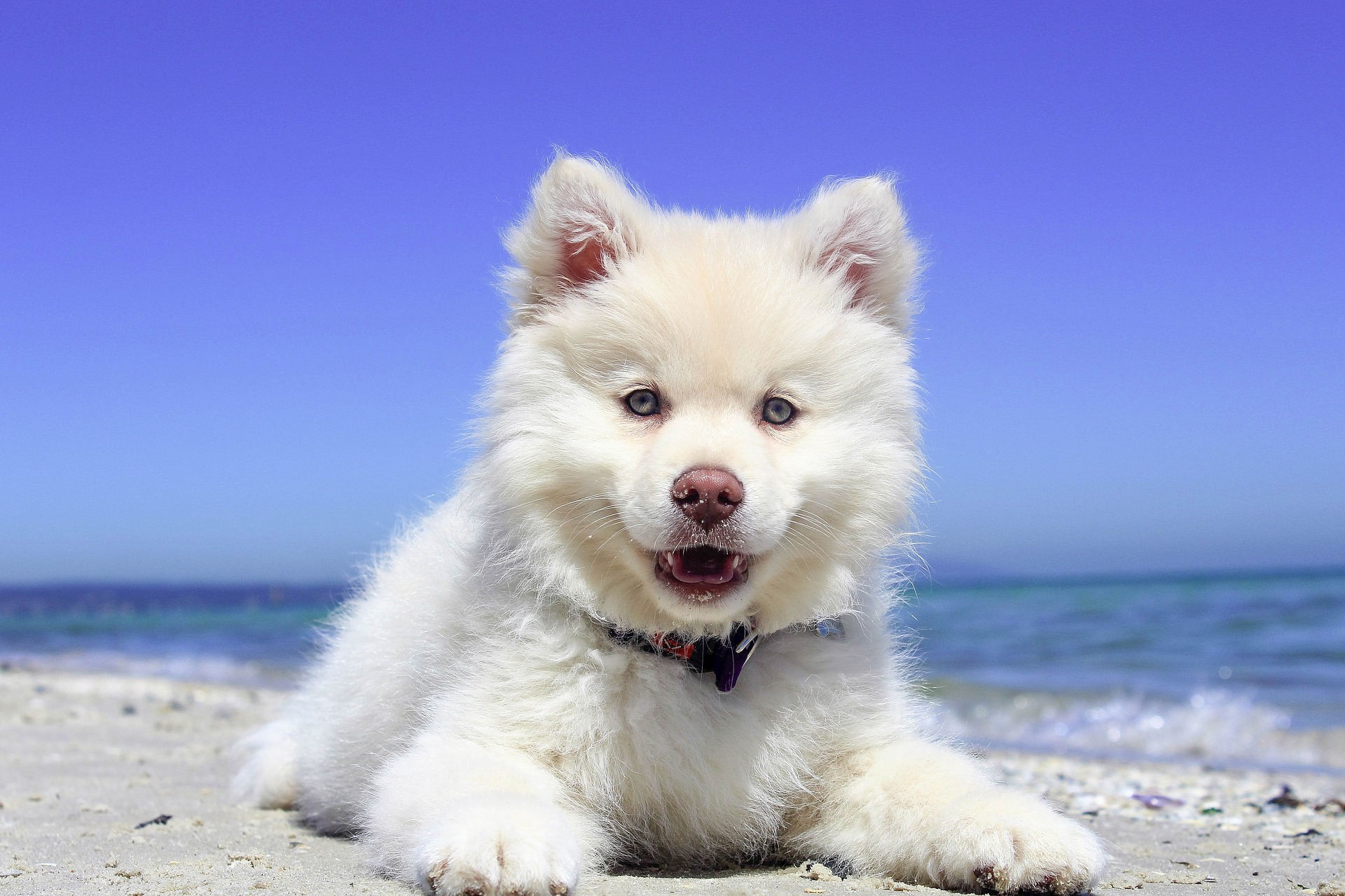Offer Pet Owners These Summer Tips
Steven Appelbaum //September 4, 2019//
As we move into the dog days of summer, I want to talk about common challenges your dog-owning clients may be dealing with and might ask you about. While not all of the solutions to these issues are directly related to product sales, the more knowledgeable you and your staff are, the better you can assist customers. This helps build client loyalty, which is absolutely connected to product sales.
While I wrote this article, I started thinking about the term “dog days of summer.” Most people have heard this and associate it with the hottest days of summer. As a kid, I remember hearing the phrase used by announcers during baseball games played on blistering hot August days. What does it have to do with dogs? I asked 20 people in a non-scientific survey, and their answers were pretty consistent. Ninety percent said summer is a time when dogs are slower and less active. Ten percent thought dog days had something to do with the heat driving dogs mad. All believed dog days had something to do with dogs, which is a logical assumption.
For those of you who like learning about the origins of phrases, this one is pretty interesting. The term goes back to ancient Rome and has nothing to do with dogs. According to The Old Farmer’s Almanac, “The Dog Days of summer are traditionally the 40 days beginning July 3 and ending August 11, which coincide with the dawn rising of Sirius, the Dog Star.” The term “dog days” has been in the English language for at least 500 years. While everyone I spoke with was wrong about the original meaning of the term, they were all correct that summertime does present some challenges for dogs and the way they behave.
Summer digging. While digging can be caused by a number of different reasons—boredom, gophers, escape behavior and anxiety, to list a few—many will dig to lie in a cooler hole to escape/minimize the heat. To address this behavior, owners need to come up with ways to help their dogs keep cool without them having to dig holes all over the yard to do it. Suggest a wading pool. These are inexpensive and when placed in the shade and filled with just a couple of inches of water, they present a cool sanctuary for dogs to lie in and beat the heat. For dogs that don’t like lying in water, have the owners designate one area for the dog to dig in. Ideally this spot will be out of the way, in the shade and not a visible eyesore. Teaching the dog to dig in this location is usually pretty simple. Owners should lightly turn the earth, thus making it easier for the dog to dig there. They can also bury a few toys in that spot in front of the dog. Just cover them with a few inches of dirt. This will stimulate interest and many dogs will dig there. Remember that digging to get cool is addressed differently from digging out of boredom or anxiety. In the case of boredom, interactive toys can be extremely helpful as can exercise.
Grooming. Imagine having to wear a fur coat all summer. Dogs with long and medium-length coats should be groomed all year round, but summertime is particularly important. Trimming their coats keeps them cooler and allows groomers and owners to spot and treat ticks and fleas far more efficiently. Some owners make the mistake of shaving their dogs’ coats off during the hot months. This can be dangerous as their coats protect their sensitive skins from sunburn. If you offer grooming at your facility, encourage clients to use it. If not, encourage them to frequent a grooming salon, as this will help the dog to be more comfortable during the summer months.
Barbecue risks. One of the great joys of summer are outdoor barbecues. Dogs love them since inevitably a barbecue means an increased likelihood of table scraps. Assuming your client’s dog is in good health, there is little harm occasionally treating them to a small piece of burger or boneless chicken. Don’t feed them onions and garlic, as these can be toxic. Avoid ribs. The problem with ribs is two-fold. First, the sauce can contain sweeteners that are toxic to dogs. Secondly, if the dog is allowed to chew on a bone for hours, they might swallow bone splinters and have real medical issues as a result. Corn on the cob can present choking hazards, as can any fruits with pits. Be careful of appetizers on skewers or toothpicks. If the dog swallows a skewer, it can cause intestinal damage. While many owners wouldn’t normally allow their dogs to have most of these items, barbecues can be casual affairs with food left in areas that dogs can reach. Owners need to work on training their dogs not to take food from chairs and low tables and avoid feeding their dogs dangerous foods as a “special treat.”
Consider tip sheets. I will be devoting a future article to this. Offering problem-solving/seasonal tips either as printed flyers or on your website not only helps clients but can serve as effective advertising for your store.



















